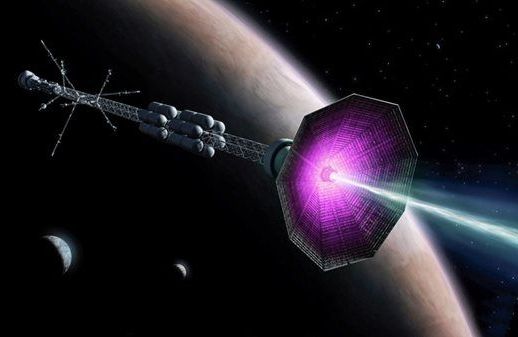By Amanda Froelich The furniture retailer is looking at using biodegradable mycelium “fungi packaging” as part of its efforts to reduce waste and increase recycling. …
Get the latest international news and world events from around the world.


Richard Christophr Saragoza Photo 2
All species of Datura are poisonous, especially their seeds and flowers which can cause respiratory depression, arrhythmias, hallucinations, psychosis, as well as death if taken internally.
All Datura plants contain tropane alkaloids such as scopolamine, hyoscyamine, and atropine, primarily in their seeds and flowers as well as the roots of certain species such as D. wrightii.



Gut microbes protect against neurologic damage from viral infections
Gut microbes produce compounds that prime immune cells to destroy harmful viruses in the brain and nervous system, according to a mouse study published today in eLife.
The findings suggest that having healthy and diverse microbiota is essential for quickly clearing viruses in the nervous system to prevent paralysis and other risks associated with diseases such as multiple sclerosis.
A condition that causes progressive damage to nerve cells, multiple sclerosis has become more common over the past several decades. Viral infections in the brain or spinal cord are thought to trigger this disease. Some scientists believe that changes in the way we eat, increased sanitation or growing antibiotic use may be causing detrimental changes in the helpful bacteria that live within the human body, potentially increasing the risk of multiple sclerosis and other related diseases.

Have fusion, will travel
The idea of propelling rockets and spaceships using the power of the atom is nothing new: the Manhattan Project in the mid-1940s as well as countless endeavours by NASA in the following decades all explored the possibility of using fission-based reactions to provide lift-off thrust. Today, progress made in controlled nuclear fusion has opened a new world of possibilities.
We Have The First-Ever Images of Molecules Changing Their Charge State
Using some of the world’s most advanced microscope technology, scientists have captured images of molecules changing their charge state in real time. To do this, they added and removed electrons, directly observing changes to the structure of four molecules.
Although we’ve known for a long time that such changes occur, this marks the first time anyone has actually seen it happening. It could help us gain a new understanding of several molecular processes, including chemical reactions, catalysis and charge transport, and potentially even processes in living organisms.
“We have been able to resolve with unprecedented resolution the structural changes of individual molecules upon charging,” explained chemist Leo Gross of IBM Research-Zurich.

What is a ‘paper wallet?’ Do I need one?
This post is structured as a question-&-answer. That’s because it was originally an answer at Quora, a Q&A site at which I am a Bitcoin columnist.
What is a ‘Paper Wallet’
A paper wallet is the ultimate offline wallet. It simply means that the private address to your crypto wallet is printed on paper — either as a string of characters, a QR code, or a series of seed recovery words.
If you destroy any electronic copy of your original wallet (e.g. the private keys that give you access to your wealth), then hiding this piece of paper is very similar to hiding a bar of gold. The only way that someone can steal it or know the amount it represents is to get their eyes and hands on something physical. They would need to know that you tucked it into your mattress or behind a secret panel of your cellar wall.

Targeting Notum Improves Tissue Regeneration
Researchers at the University of Helsinki have shown why the regenerative capacity of the cells lining the intestines declines with age and that targeting a particular enzyme can restore the regenerative potential of this tissue.
Notum blocks the Wnt pathway
During normal function, the cells of the intestinal epithelium, a single cell layer that forms the lining of both the small and large intestine, are replaced by stem cells, which create healthy replacement cells to counter losses from injury, damage, disease, and aging. These cells are roused into action via the Wnt signaling pathway, which is activated through signals sent by other cells in the tissue.